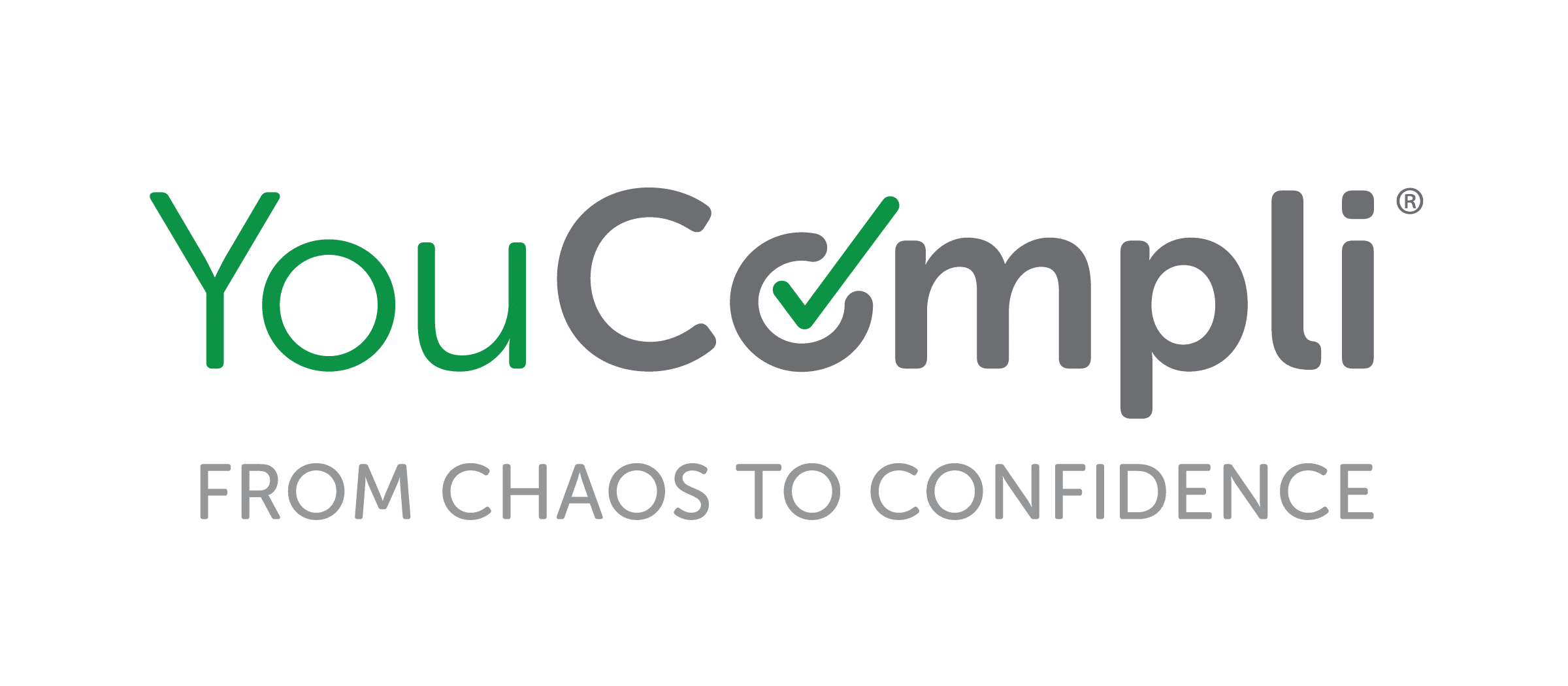The tips below explore how you can convince leaders that a strong compliance culture adds value to the organization. These best practices can help you establish a healthy compliance culture with effective training and measurement and, in turn, enable your organization to better manage and control risk.
Continue readingPost-PHE Preparations: Ensuring Quality Patient Care
How to use the OIG’s seven elements and HHS roadmap to guide Compliance and Operations – helping healthcare organizations ensure quality patient care post-PHE.
Continue readingHow the Three Lines Model Strengthens Healthcare Compliance
Show that healthcare compliance and operations share responsibility for identifying and mitigating risks with the Three lines Model – a strategic partnership.
Continue readingTransforming Compliance to a Department of Yes
Five impactful, interrelated, and critical actions transform Compliance from the “Department of No” to the “Department of Yes,” creating strategic value.
Continue readingPatient-Focused Elements of an Effective Healthcare Compliance Program
Improve patient experience. Use the OIG’s seven elements to guide and align healthcare compliance with compassionate, quality patient care.
Continue readingCritical Challenges in Discharging Patients
The Massachusetts Health and Hospital Association’s Healthcare Legal Compliance Forum General Counsel panel, Dec. 2022, looks at patient discharge challenges.
Continue readingA million-dollar healthcare compliance monitoring mistake
Avoid this million-dollar monitoring mistake. Help clinical colleagues apply their expertise to your scalable, repeatable healthcare compliance processes.
Continue readingFive steps to conduct an effective healthcare compliance investigation
Build confidence in your healthcare compliance program. How you conduct investigations affects how the Compliance function is perceived and related to by your organization.
Continue readingFive ways to show how healthcare Compliance delivers value
Compliance leaders with influencer skills employing culturally impactful metrics show the value of compliance programs across healthcare organizations.
Continue reading








